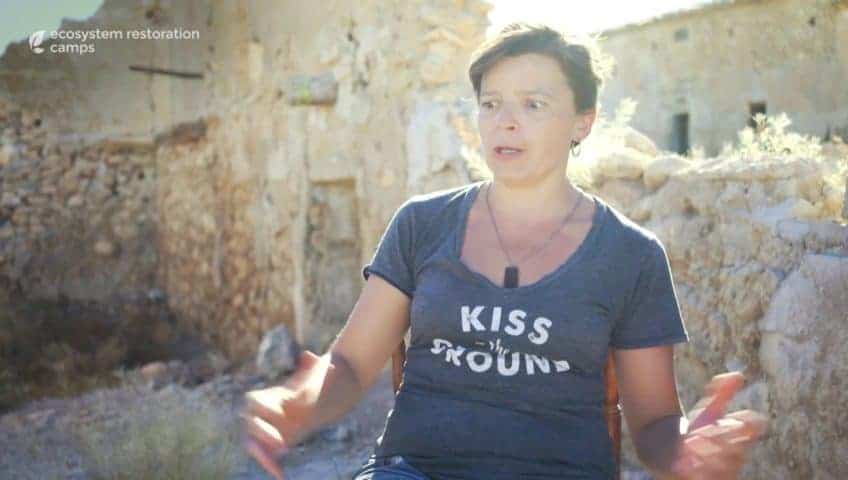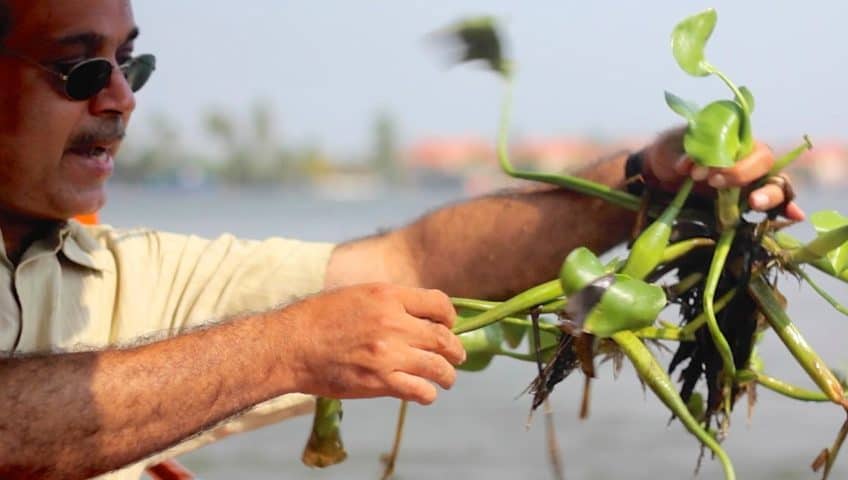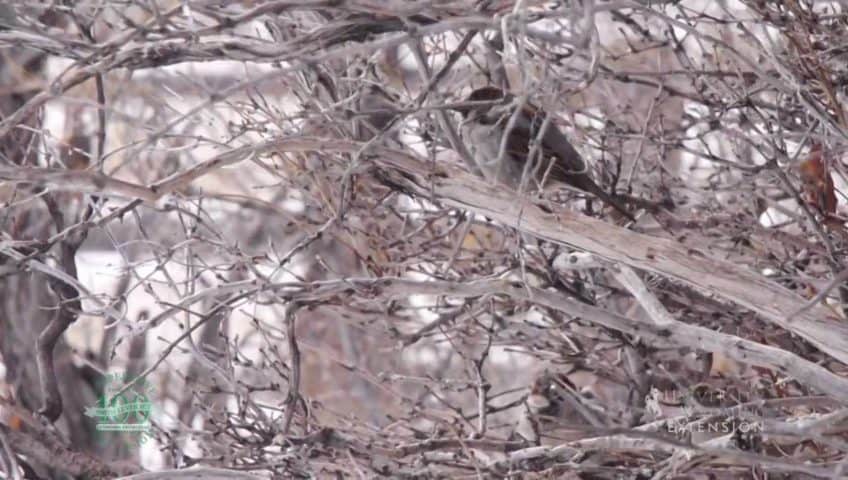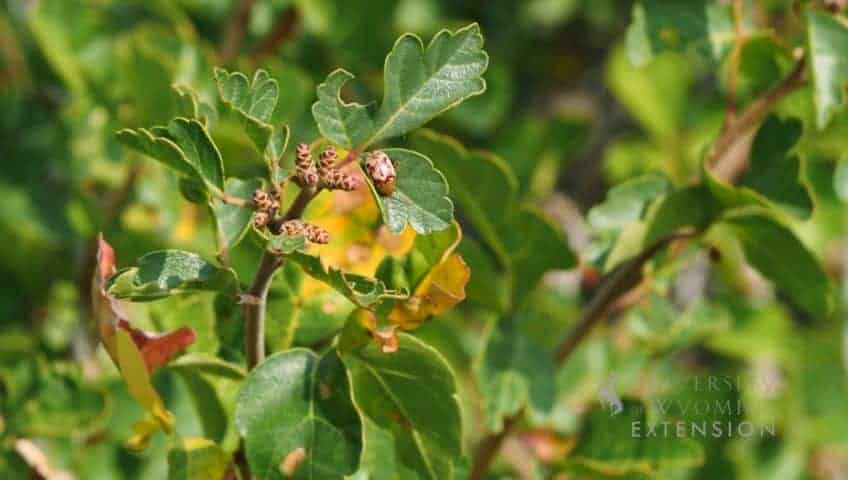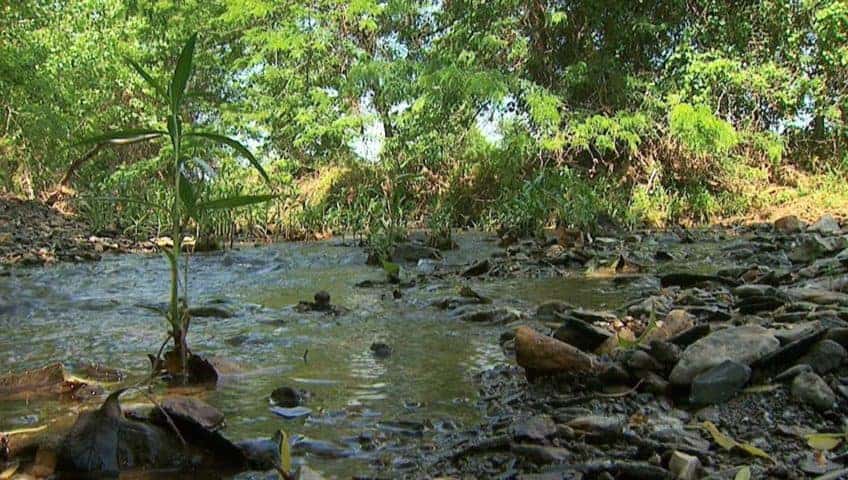
Natural Stream Rejuvenation
(soothing inspiring music) – Hello, my name is Jason Vogel and I am with the Biosystems and Agricultural Engineering Department at Oklahoma State University. This is a series of three videos about natural stream restoration. The first video is about healthy streams and what makes them work and what makes them healthy. The second video is about things that can make the stream unhealthy. What can degrade the banks and destroy the habitat. And the final video is about tools and methods that we can utilize to restore the stability of the stream bank while returning the habitat to the stream. (uplifting country music) – [Narrator] This is how most of us experience a stream. We drive over one and probably never give it a second thought. What looks like a peaceful never-changing scene is actually an aquatic habitat teeming with activity. – Well streams and creeks and rivers are really the lifeblood of the community when you think about it.
They’re a place where people go to recreate, to fish, to enjoy nature. They use them for rafting, they use it for fishing. And so the quality of the stream and the creek really improves the overall community quality, the quality of life. – [Narrator] Fish are swimming. Plants are growing. And water is flowing. – Streams are very important because they’re where all the water that runs off the landscape come together and they’re flowing downhill and they’re providing habitat, they’re providing recreational areas and they’re providing important ecosystems for our landscape. But streams are constantly changing. And what we’re trying to do is get that changed to be in balance where the amount of soil, sediment, dirt, other things that are coming into the stream are equal to what’s moving out. – [Narrator] Balance is our goal. And now what happens when that balance changes? A stream might accumulate more sediment.
More solid materials in the water means poor water quality. Sedimentation is the number one water quality issue in the United States. Other areas of the stream could lose more soil, which can lead to loss of land as stream banks begin to break down. – One of the big reasons that people become concerned about the streams and rivers on their properties is that there is erosion occurring on the stream banks, which really impairs the use of their property for recreation, for access to the stream.
– [Narrator] So how does a stream fall out of balance? It happens several ways. In egg areas, grazing cattle can remove all the vegetation from the stream banks. And many times, human influences can affect the balance of a stream. Streams adjust to changes in the land such as urbanization, which occurs when development expands into rural areas. – So also as a result of urbanization, excess soil and sediment within the stream can go downstream and settle out in our downstream reservoirs that are all used for recreation, flood control and drinking water.
So all of those uses are compromised. In addition, we can lose valuable land across the landscape from our roll areas and also from our urban areas and compromise our urban infrastructure. – [Narrator] When streams become degraded, they can be restored to a natural balance. Their functional state can be brought back using natural stream restoration techniques. Stream restoration involves controlling the flow and speed of the water. – So to help understand how water flows in the stream, let’s think about driving down a road. On a straight road, you can go faster because you have no obstacles in your way. – [Narrator] Just like on a straight road, the flow of water in a straight stream is very fast. Again, there’s nothing in its way to slow it down. – But when we’re driving on a curvy road, if we don’t slow down, momentum is gonna take us right off the road and into the ditch. – [Narrator] Water is the same way. The curves or meanders of a stream slow down the flow. What about a bumpy road? You still can’t drive fast.
The uneven surface forces you to drive slower. Now imagine that coarse rough bottom of the stream, what happens? The uneven stream bed causes turbulence in the flow. The water can no longer take a straight path. An artificially smooth stream bed is not healthy for the stream or habitat. There’s nothing to slow down the water, which in turn creates more opportunities for erosion downstream. The slope of a stream is also crucial. – The flow and speed of water are important because water always flows downhill. For example, this hill behind me is very steep. And if I were to drive the truck straight down the hill without riding the brake, I would probably lose control and crash. – [Narrator] Slope is the amount of fall over the length of the run. Because the curves or meanders make the road longer, the slope is lessened. It’s the same idea with a stream.
You add some curves, lessen the slope of the stream bed and as a result you slow down the flow of the water. Remember, natural streams are not straight, they have a meandering flow. The curves or meanders slow down the water so velocity is reduced and the force is not there. Another way streams control flow is through their structure. Streams naturally form riffles and pools. The riffle is the part of the stream of the greatest slope and it’s very shallow. At the bottom of the slope is a pool. It’s a large deep area of relatively still water.
This is where fish and plant life thrive within a stream. Further down the stream this pattern of riffles and pools will repeat. The riffles are the areas of the fastest moving water. Water is moving at a high velocity, so the sediment and other particles in the water are on the move. When water reaches the deeper pools, the velocity slows which in turn slows down the sediment. Some of the particles will settle out here. The process of sediment movement within the stream is called sediment transport. – When a stream is healthy that process will be an equilibrium meaning that the amount of sediment that’s coming down the stream and depositing will be equal to the amount that’s being moved downstream.
– [Narrator] The balance that we’re looking for in a stream is in sediment transport. Relatively equal amounts going out and coming in. A stream is a dynamic system. Even one that is in balance will change just slowly. – Generally when we look at healthy natural streams, they move on the order of a few inches every decade. Unhealthy and unstable streams move several feet every year and sometimes the large storm events, they can dramatically shift and change. – [Narrator] A healthy stream has a vigorous stream bank habitat. There should be a mix of plants which stabilize the bank and also provide a home and a food source for life within a stream. The habitat needs slow-moving water to thrive. That means a stream with lots of meanders and pools. – So our meanders are slowing the water down, but to keep that meandering stream stable, we need to utilize structures within the bank that use things such as sticks and logs and rocks and living plants and other natural materials.
And while we’re doing that we’re providing habitat for the organisms within the stream, such as macro-invertebrates like insects and bugs and snails and all the fish community that lives within the stream. – So in general a meandering stream is healthy because it has lots of diversity in bed form. And it has diversity of habitats for different types of animals including fish, including the insects that live in a stream that the fish eat.
Including muscles and other animals that depend on that flow. – [Narrator] Slower water encourages the lifecycle of the animals, insects and plants that live within the bank habitat. Coming up next is When Good Streams Go Bad. We’ll take a closer look at what happens when a stream is no longer in balance. Part Three in this series will show the techniques and steps for natural stream restoration. (uplifting country music).
Read More: 2) What is Sustainable Landscaping
As found on YouTube

